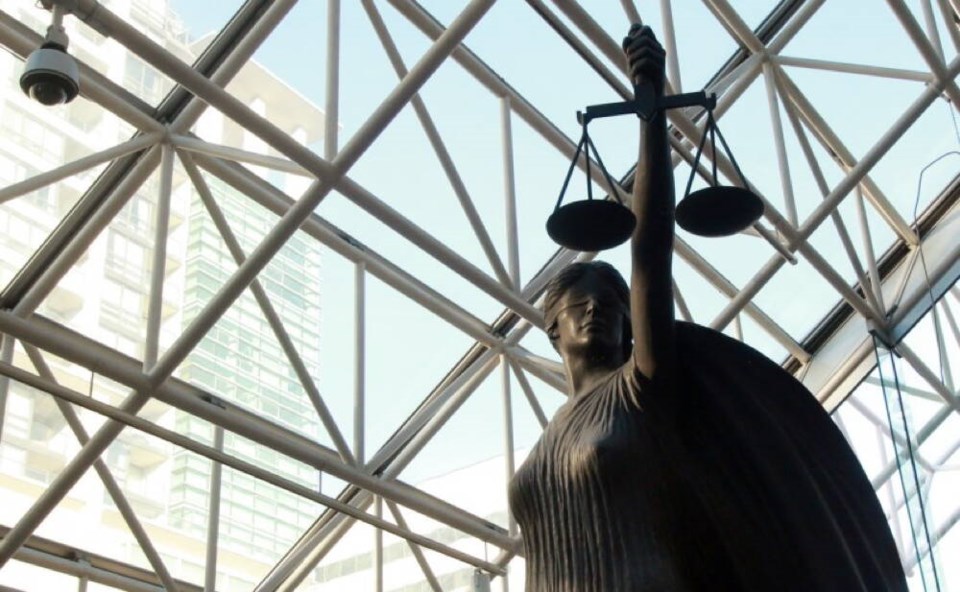In the wake of a landmark court case that will force a revamp of British Columbia’s claim-staking regime, the mining industry and Indigenous groups say a fair accommodation of both their interests is possible.
On Sept. 26, the B.C. Supreme Court ruled that the province must consult with Indigenous groups before mineral claims can be granted to companies, and gave the province 18 months to modernize its Mineral Tenure Act (MTA) so that it aligns with the Crown’s duty to consult.
Allen Edzerza, a member of the Elders Council of the Tahltan Nation in northwestern B.C. told The Northern Miner the court ruling was expected because it affirmed what previous cases on Indigenous land title had recognized.
“In my view, it was the only decision they could come up with,” he said. “We have un-surrendered title and rights in British Columbia…The issuance of legal interest in lands and resources impacts the title, and as the court has pointed out mining exploration does impact title and offers First Nations the opportunity to benefit from their lands.”
Edzerza, who is a member of the B.C. First Nations Energy and Mining Council, has worked as an adviser and negotiator with the B.C. and Yukon governments on Indigenous mineral rights, and also is the founder of junior explorer Cheona Metals.
He compared the significance of the Sept. 26 ruling with other landmark Supreme Court cases going back 50 years, such as Calder in 1973, Delgamuukw in 1997 and Haida in 2004. Those cases found that Aboriginal title exists as a legal right, that title can’t be extinguished by the provinces and that the Crown has a duty to consult with Indigenous groups if their title faces potential infringement.
“So the courts have been saying Aboriginal people were here when the Europeans came and were never conquered,” he said.
‘Harmful’ and outdated Act
Throughout the MTA modernization process, Edzerza will be paying close attention to how the province approaches its free entry system of registering mineral claims. The system has long faced criticism for allowing the online registration of claims without consulting Indigenous communities. Edzerza calls that system “harmful” to Aboriginal title.
“The Mineral Tenure Act basically was developed during the gold rush era in the late 1800s and early 1900s,” he said. “The legislation has never been updated to reflect the court decisions I talked about… I find that dishonourable that the government hasn’t aligned those laws with those court decisions or with the [UN Declaration on the Rights of Indigenous Peoples] UNDRIP.”
However, on the industry side of the issue, consulting with third parties before staking claims risks proponents losing their intellectual property before the claim is secure, as former AME president and CEO Kendra Johnston explained at the AME Roundup last January.
“Prospectors and miners in Canada have been saying that forever,” Edzerza countered. At the same time, he believes the act can be modernized so that most interests of both the mining and Indigenous communities are considered.
“The province and First Nations could determine what lands are open for staking, much like the oil and gas tenure system or the registration of a mineral claim grants the right to explore and does not grant a legal interest in the lands or resources,” he said.
Seeking win-win balance
The AME, over the next 18 months, hopes the consultation process for modernizing the MTA benefits all sides and not at the expense of the industry or a strong investment climate.
Current president and CEO Keerit Jutla said the roadmap of the modernization is up to the province, but the basics must include a strong industry and Indigenous participation.
“One thing we advocate is engaging early and engaging often with Indigenous peoples and those Indigenous groups in which these exploration activities are occurring on traditional lands,” he said. “One way of reconciling or seeking to build a bridge is developing strong, early mutually beneficial relationships with some of these nations and some of these mineral exploration proponents.”
Jutla said he looks forward to discussing the nature and depth of that engagement with Indigenous peoples over the next year and a half.
A spokesperson for B.C.’s Ministry of Energy, Mines and Low Carbon Innovation said in an emailed response to questions about its strategy and timeline that it shares the priority of First Nations in modernizing the act in line with UNDRIP.
The government, it said, is committed to modernization in consultation and cooperation with title and rights holders, as well as with industry stakeholders.
“The province of British Columbia is committed to ensuring that B.C. remains a world-leading jurisdiction in mining,” it said.






